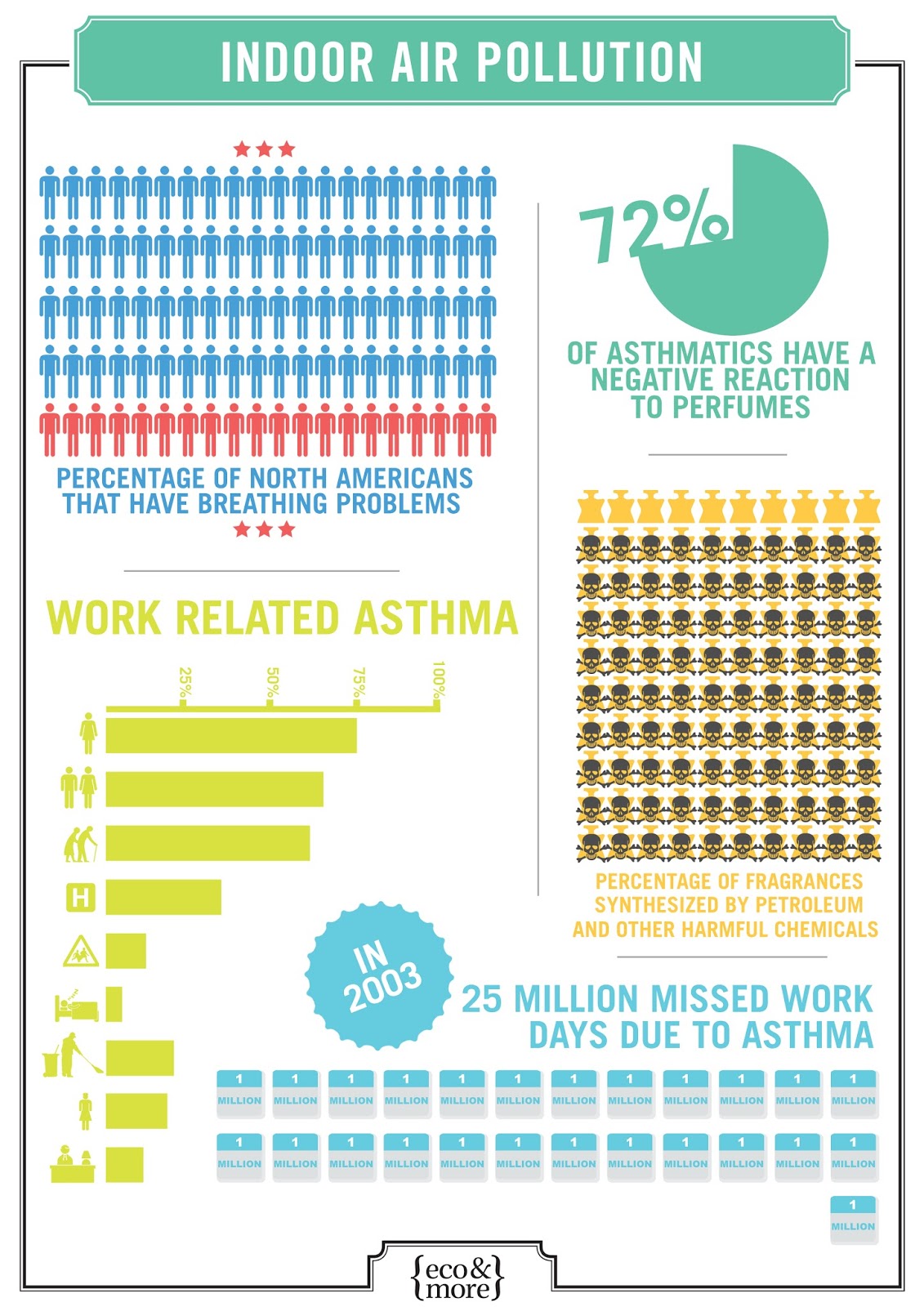Figure Out Exactly How To Optimize The Efficiency And Life Expectancy Of Your Heat Pump System By Preventing Common Installation Errors
Figure Out Exactly How To Optimize The Efficiency And Life Expectancy Of Your Heat Pump System By Preventing Common Installation Errors
Blog Article
Write-Up By-Saunders McFarland
When setting up a heatpump, you should stay away from usual blunders that could endanger its performance. Ignoring correct sizing might cause inefficiencies and higher utility expenses. Neglecting insulation and sealing could lead to energy wastage and pressure on the device. Furthermore, placing the exterior device incorrectly might influence its performance. By staying clear of these mistakes, you can guarantee optimal operating and durability of your heatpump system.
Improper Sizing of Heatpump
When it involves the installment of heat pumps, among the most common mistakes is poorly sizing the device for your space. Guaranteeing the appropriate size is critical for optimum performance. If the heatpump is too small, it will battle to heat or cool your room successfully, resulting in boosted power costs and prospective wear and tear on the device.
On the other hand, if the heat pump is too huge, it will certainly cycle on and off frequently, causing temperature level changes and lowering its life-span.
To avoid this mistake, it's necessary to have a professional evaluate your area and suggest the proper dimension of the heat pump based upon aspects like square video, insulation, ceiling elevation, and regional environment. By spending the moment and effort to ensure the correct sizing, you can enjoy a comfy setting while making best use of power performance and prolonging the lifespan of your heatpump.
Inadequate Insulation and Sealing
To make sure the efficient procedure of your heat pump, it's important to deal with insufficient insulation and sealing in your room. Correct insulation helps maintain a constant temperature inside, decreasing the workload on your heat pump. https://costtoaddcentralairtoahom64930.slypage.com/31625998/the-value-of-regular-heat-pump-upkeep-tips-for-homeowners can result in power loss, making your heatpump work harder and much less effectively.
Securing any gaps or leaks in your area is just as essential. find out here now allow conditioned air to escape and outside air to leak in, forcing your heatpump to compensate for the temperature variations.
Incorrect Positioning of Outdoor Unit
Addressing the positioning of your heat pump's outside unit is essential to optimizing its efficiency. Installing the outside unit in an inaccurate place can bring about effectiveness problems and potential damages to the system.
https://cesarcthvh.vblogetin.com/36708990/frequently-experienced-heat-pump-problems-recognition-and-solutions to avoid is putting the outdoor system too near a wall surface or various other frameworks. This can limit airflow, triggering the device to function more difficult to warm or cool your area, inevitably minimizing its performance and life expectancy.
One more mistake to avoid is positioning the outside unit in straight sunlight. While some sunshine is unavoidable, too much direct exposure can result in overheating, specifically during warm summer days. It's ideal to position the exterior system in a shaded location to assist keep its optimum operating temperature level.
Moreover, make sure that the outdoor unit is positioned on a steady and degree surface. Unequal ground can cause vibrations and unnecessary pressure on the unit, impacting its performance over time.
Final thought
To conclude, preventing typical blunders throughout heat pump installment is crucial for optimizing efficiency and durability of your system. By making sure proper sizing, adequate insulation, securing, and correct positioning of the exterior device, you can protect against problems such as ineffectiveness, boosted energy costs, and stress on the unit. Taking the time to address these crucial variables will eventually save you time and money in the long run.
